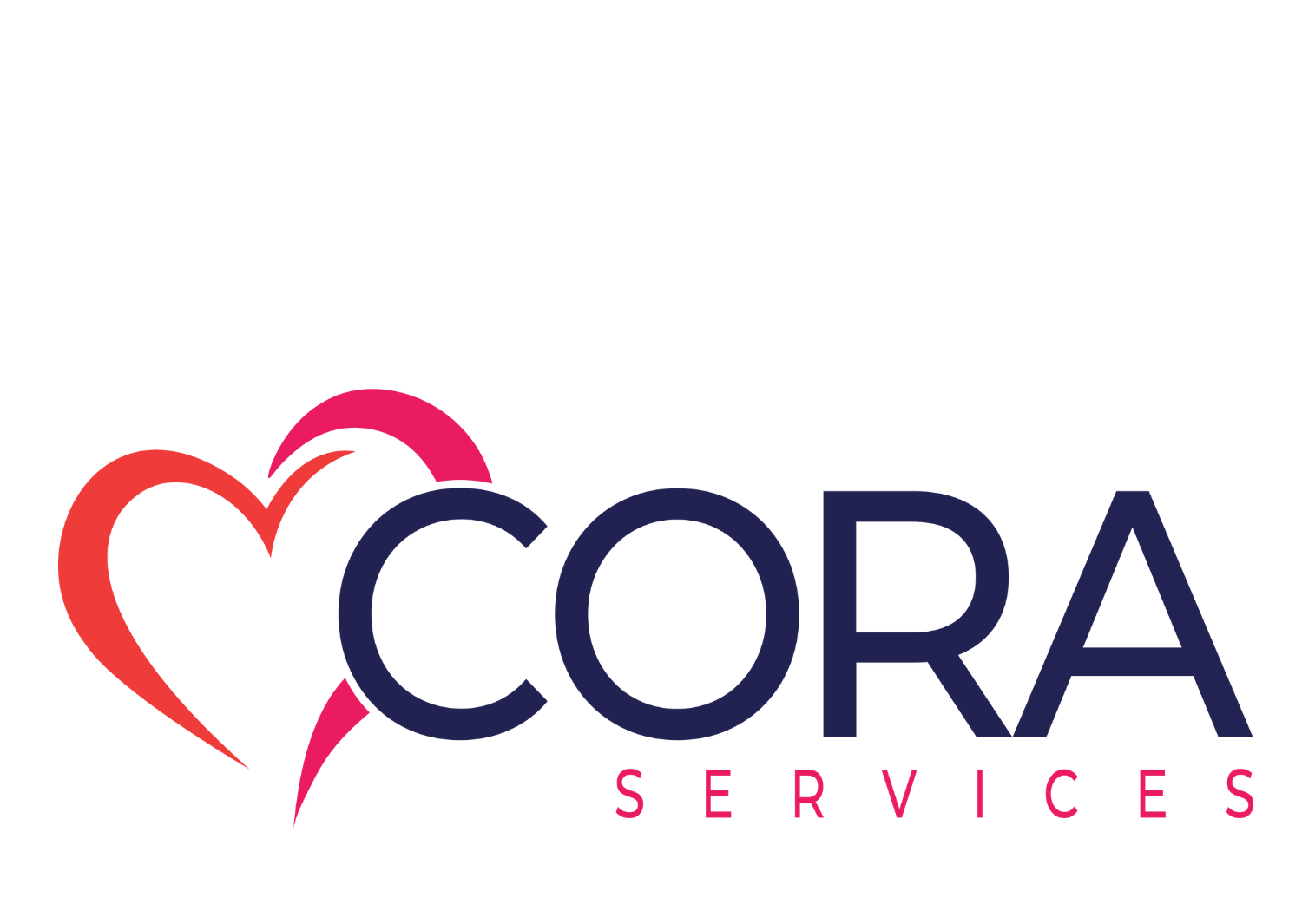Restorative Justice Practices

Restorative Justice is a communal and trauma-informed approach to repairing harm that supports those harmed in identifying what they need in order to heal while supporting those who caused harm to take accountability for their actions and find the tools necessary to transform their behavior. Restorative Justice can be used to address interpersonal and intragroup harm.
At CORA Good Shepherd Mediation, we offer a range of restorative practices tailored to fit each participant’s specialized needs. All restorative models begin with a comprehensive intake process, which allows parties to reflect on what has occurred and permits the facilitator to assess the situation and draft a proposal for how to move forward. Most proposals include a group dialogue that invites the involved parties, and whoever they select as support persons, to meet face-to-face in a structured and secure environment to establish a mutual understanding of the events that transpired and collectively brainstorm a plan of action to repair the harm.
CORA Good Shepherd Mediation offers four models of restorative justice:
Restorative Circles
Circles are an indigenous tradition of community dialogue in which everyone involved and immediately impacted by a situation comes together to seek a resolution. The dialogue is led by trained facilitators called Circle Keepers and a set of collective agreements created by participants. A Circle Keeper offers questions to the group. A talking piece is passed around to each member in the Circle. The person holding the talking piece has the floor to speak uninterrupted. Members of the Circle may choose to speak or pass their turn. Through this intentional process of sharing and listening, participants are invited to be vulnerable and get to the root of the issue at hand. In a Restorative Circle, the dialogue invites people who were harmed to voice their experience and ask for support; helps those who caused harm to identify what triggered their behavior and decisions and reflect on what impact it had on themselves and the larger community; asks the community how they can prevent this dynamic from occurring again; and explores what actions can be taken to repair the harm to the greatest extent possible. Once consensus about how to repair the situation has been reached, the Circle Keeper drafts a written resolution for each participant to sign.
Listening Circles
A Listening Circle is a trauma-informed facilitated dialogue that guides groups in identifying a collective understanding of a presenting issue and cultivating a collective response. Similar to a Restorative Circle, a Listening Circle is guided by a trained facilitator, a set of collective agreements, curated questions, and a talking piece. Unlike a Restorative Circle, Listening Circles do not require the party that has caused harm to be present and can serve as an alternative support system to the person harmed when the responsible party is not willing to take accountability for their actions. Moreover, Listening Circles are often used to address systemic issues that do not have one specific responsible party.
Victim-Offender Conferencing
Victim-Offender Conferencing (VOC) is a diversion model that offers victims the opportunity to engage in a trauma-informed dialogue with their offenders in hopes of finding a creative solution that supports the healing and transformation of both parties as an alternative to retributive justice. Renowned practitioner, Howard Zehr, explains that while Retributive Justice asks, “What laws have been broken? Who did it? What do the offender(s) deserve?”; Restorative Justice asks, “Who has been hurt? What are their needs? Whose obligations are these?” Victim-Offender Conferencing seeks to answer these questions through a restorative dialogue that is led by a trained facilitator, a set of collective agreements, curated questions, and a talking piece. Once all parties have consented to a written resolution, the referral source and the agency responsible for reviewing the offender’s diversion contract is notified that an agreement has been reached.
In a 2008 research study assessing the attitudes and values of individuals who participated in Victim Offender Conferencing at CORA GSM, participants report: (1) a high rate of overall satisfaction with the process; (2) satisfaction with the agreements reached during the meetings; (3) that they personally benefited from participating in the VOC process; (4) that they played an important role in the process; and (5) they had an opportunity to tell their story.
A 2008 recidivism study of the 98 juvenile offenders who participated in the CORA GSM VOC Program over a 2.5-year period, revealed that only 10.2% have committed a new delinquent act. Juvenile offenders who do not participate in VOC or any other diversion program in Philadelphia have a 44.4% recidivism rate. This demonstrates the VOC model’s potential for helping to curb the cycle of violence in our community.
Family Group Conferencing
Family Group Decision Making is a facilitated decision-making process designed to support families and youth in crisis. The process has been used successfully in many areas, including child welfare, school discipline, and juvenile justice. The participants include the family or care-givers, extended family members, representatives from the court and social services, victims (in juvenile justice situations), and other community resources (e.g., teachers, faith leaders, friends). The process engages participants to express their concerns, hopes, and ideas for change by promising confidentiality; empowers families; and values their input. Family Group Conferences are family-centered; the process adapts to the unique needs, perspective, traditions, and culture of the family, rather than forcing the family to fit into a scripted, generic model created by the system. Decisions are reached by consensus of all the participants; not by a majority or official decree.

